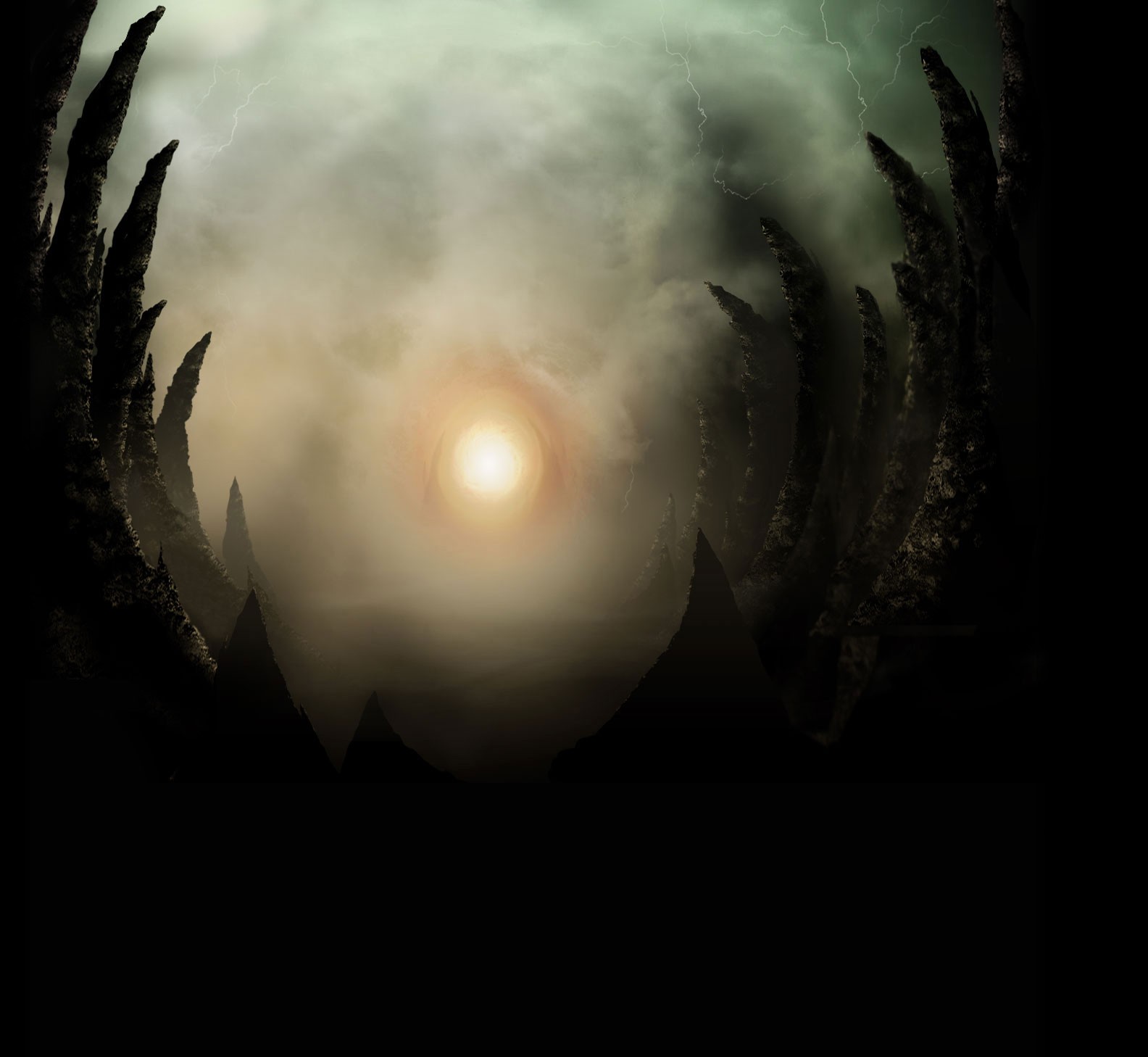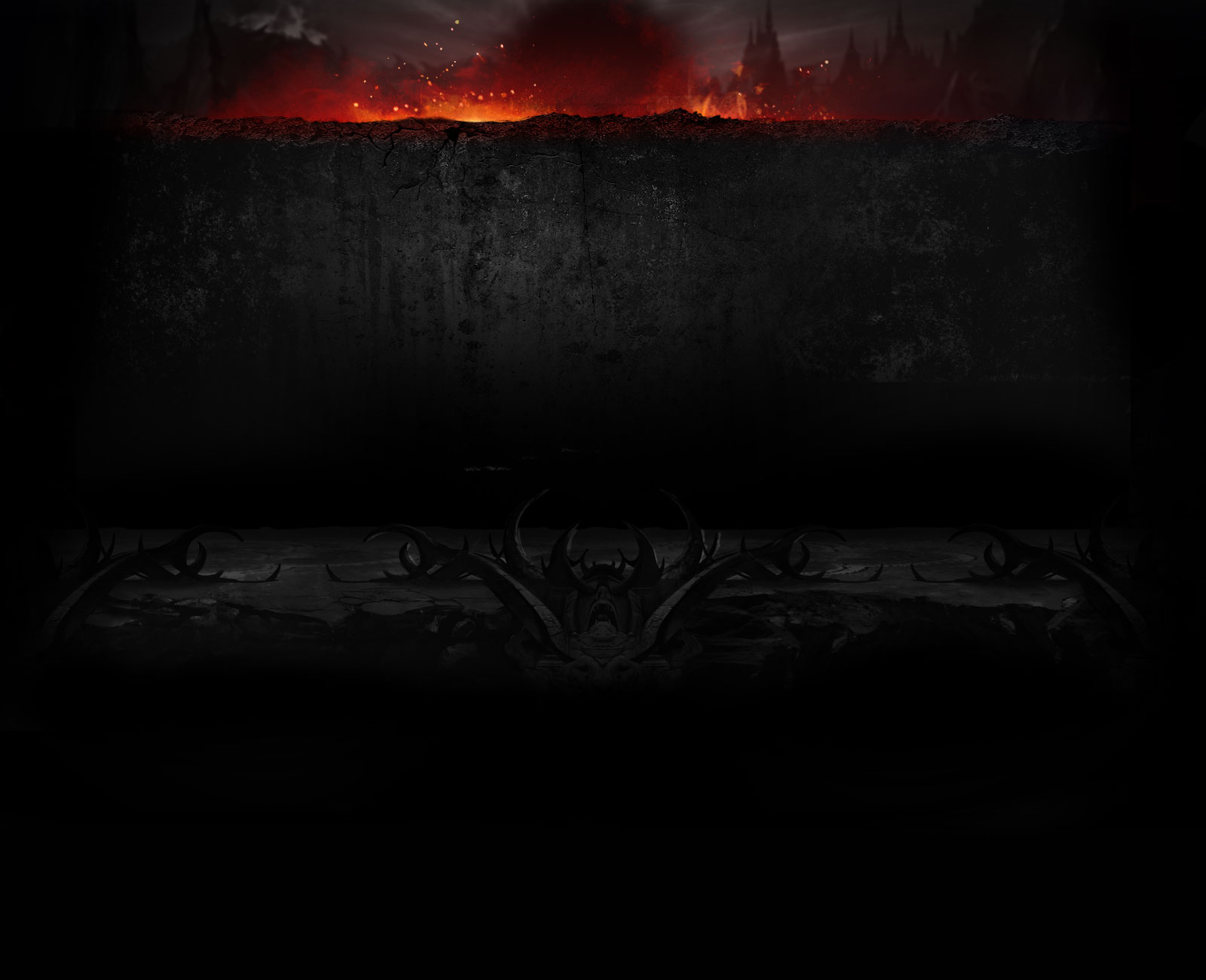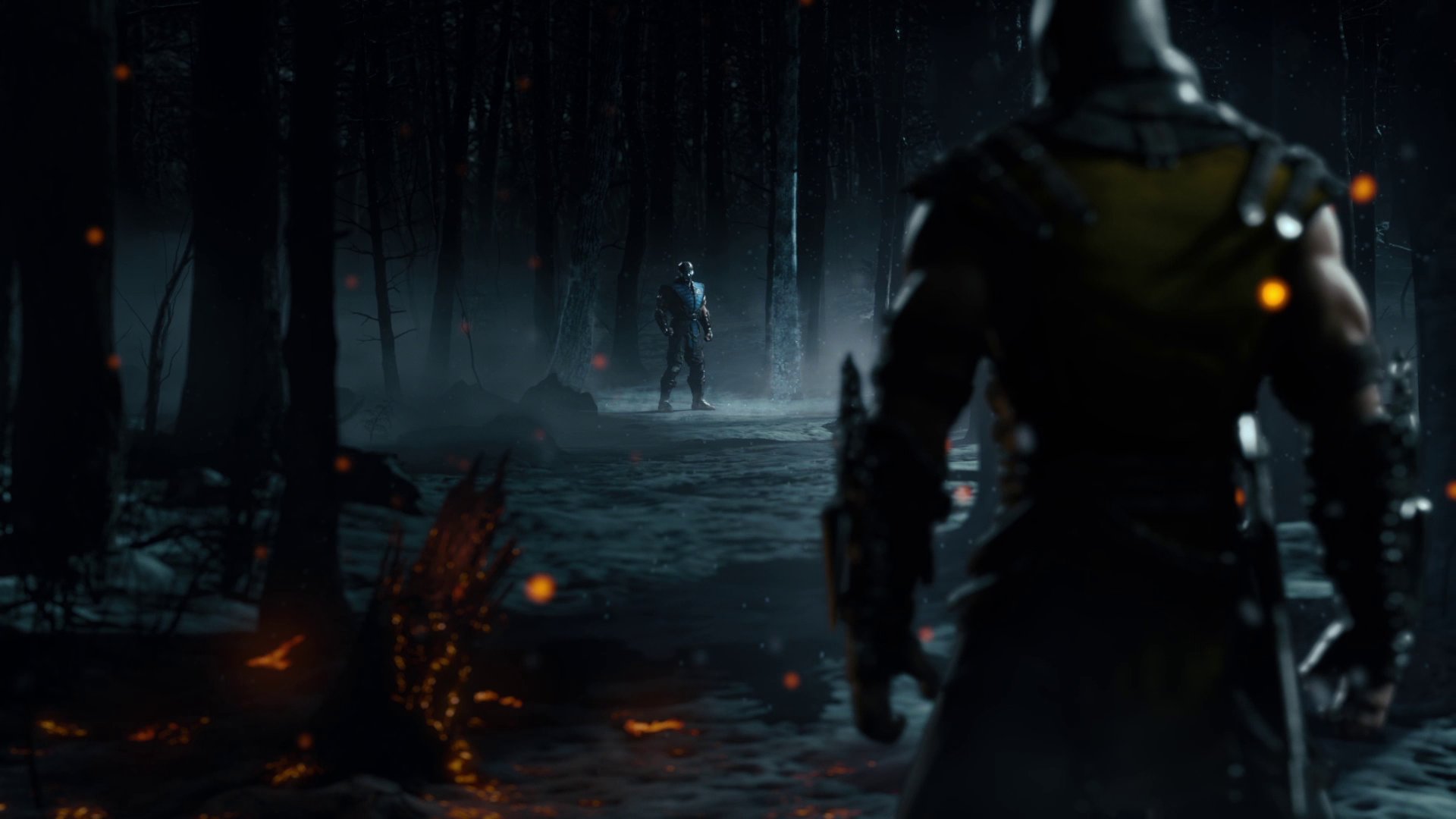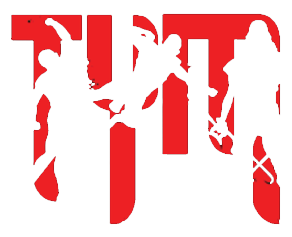GGA Max
Well-Known Member
The Big Question:
How does NRS compare with other FG creators? (Long term game support/patches)
NRS gets criticism for patching their games for the first 6 months, and then start working on another game.
How does NRS compare with other FG creators? (Long term game support/patches)
NRS gets criticism for patching their games for the first 6 months, and then start working on another game.
- For MK9 this led to Kabal... you know where that's going.
- In I:GAU it might lead to a reign of MMH, we don't know yet.
- Several other imbalances that I'm sure you can think of.
- Do any other creators support their game for longer than NRS?
- Has history shown that patching a game for longer than 6 months has a significant positive effect on the game's balance in tournaments?
- Do "OP" characters / imbalances always emerge no matter when the patches stop?
Last edited:






 (Bane players...)
(Bane players...)